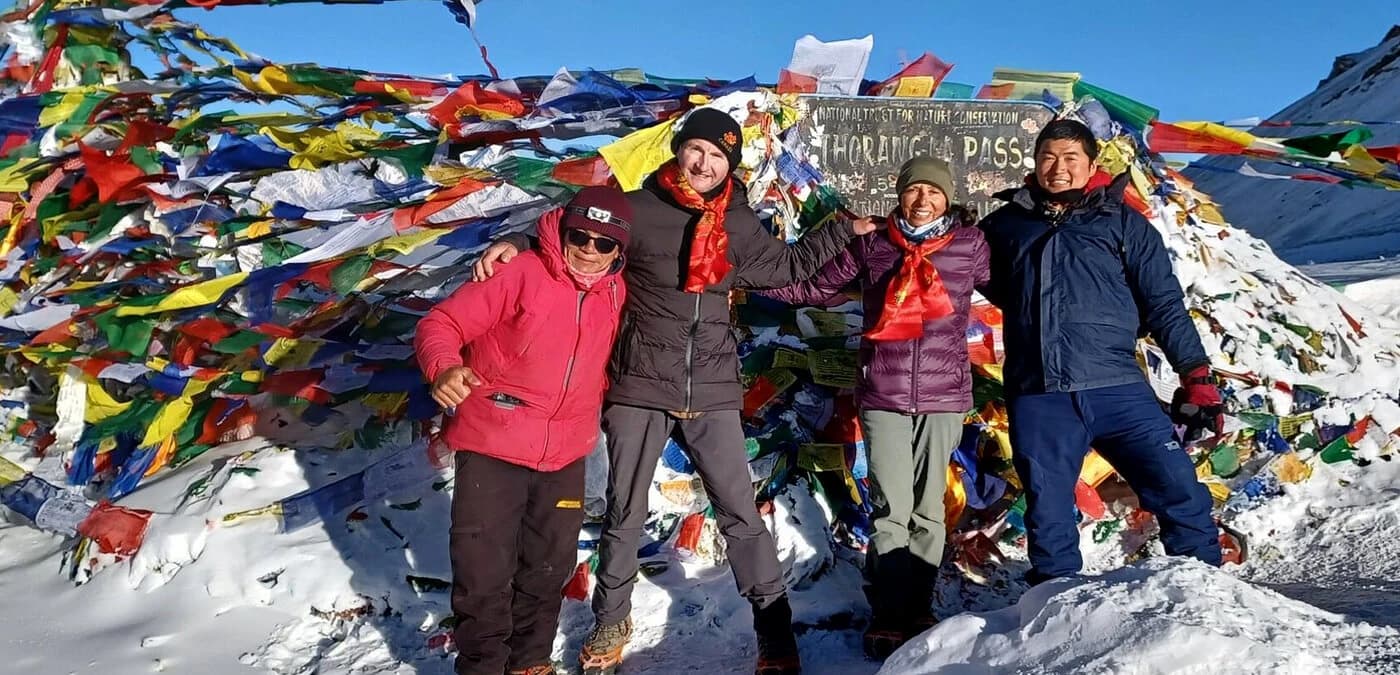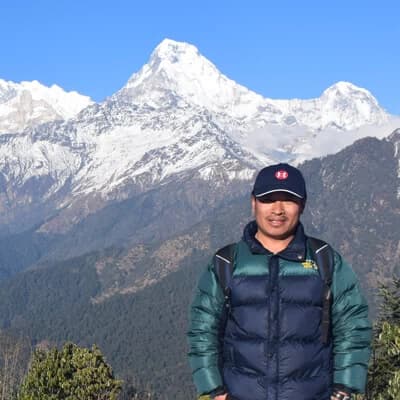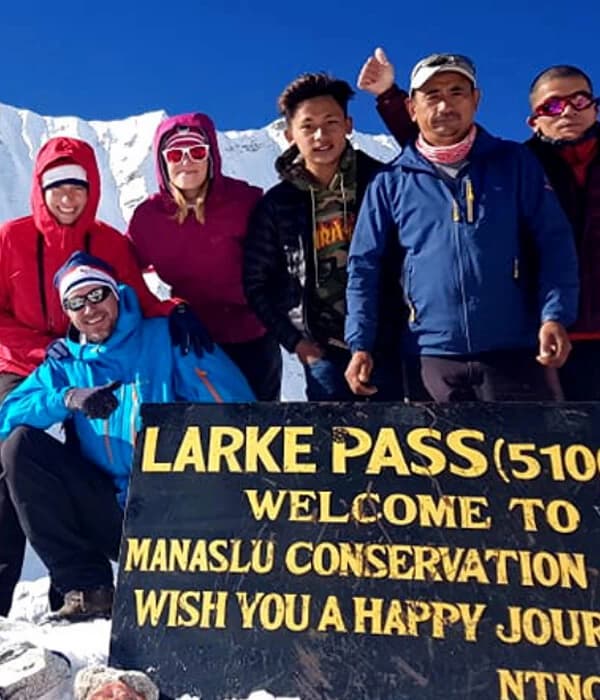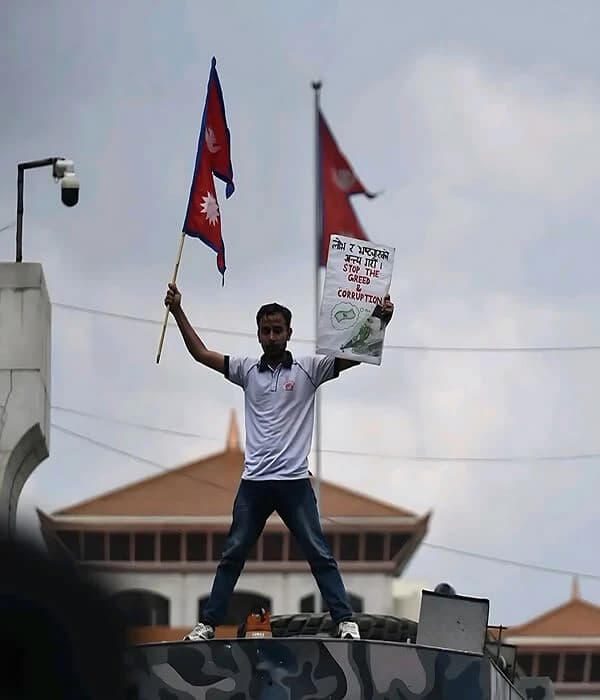To ensure a successful and safe trek in Nepal, prioritize acclimatization, stay hydrated, eat well, choose a trusted agency, hire a good guide and prepare both physically and mentally.
Tips for a successful Nepal Trek
Important Tips for a Successful Trek in Nepal: A Comprehensive Guide
Trekking in Nepal is a matchless experience, offering an amazing Himalayan panorama, cultural and ethnic diversity, and a profound sense of accomplishment. However, navigating the rugged terrain and high altitudes requires thoughtful planning and preparation. This guide provides comprehensive tips for a successful and safe trekking holiday in Nepal, covering everything from physical training to cultural sensitivity.
1. Planning Your Trek: The Foundation of Success
A well-planned trek is the cornerstone of a memorable experience. Begin by researching various trekking regions, considering factors like difficulty, duration, and scenery. Popular routes include the Everest Base Camp Trek, Annapurna Circuit, and Langtang Valley Trek.
- Determine your fitness level: Choose a trek that aligns with your physical capabilities.
- Select the best time to trek: The ideal trekking seasons are spring (March-May) and autumn (September-November), offering clear skies and moderate temperatures. Avoid the monsoon season (June-August) due to heavy rainfall and the winter (December-February) due to extreme cold and potential snowfall.
- Create a detailed itinerary: Include buffer days for acclimatization and potential delays.
- Research accommodation and food options: Tea houses provide basic lodging and meals along most trekking routes.
- Allocate a realistic budget: factor in costs for permits, transportation, accommodation, food, and guide/porter services.
2. Choose a good Trekking Agency: Your Trusted Partner
Selecting a reputable trekking agency is important for a smooth and safe experience. Look for agencies with:
- Experienced and licensed guides: Ensure guides are knowledgeable about the region, first aid trained, and fluent in your desired language to communicate.
- Positive reviews and testimonials: Check online platforms and forums for feedback from previous trekkers.
- Transparent pricing and clear communication: Ensure all costs are outlined upfront and that the agency responds promptly to inquiries.
- Responsible tourism practices: Choose agencies that prioritize green tourism and support local communities.
- Proper safety measures: Inquire about their emergency protocols and insurance coverage.
3. Documentation / Visa, TIMS, and Permit: Essential Paperwork
Before embarking on your trek, ensure you have all the necessary documentation:
- Passport: Carry a valid passport with at least six months of validity remaining.
- Visa: Obtain a Nepali visa from your local embassy or upon arrival at Tribhuvan International Airport in Kathmandu or the border you are entering through.
- National Park/Conservation Area permits: Depending on your chosen trek, you may need permits for specific areas like the Sagarmatha (Everest) National Park or the Annapurna Conservation Area. Your trekking agency can often arrange this.
- Travel Insurance: Secure comprehensive international travel insurance that covers high-altitude trekking, medical evacuation, and emergencies.
4. Acclimatization: Adapting to Altitude
Altitude sickness is a major concern for trekkers in Nepal. Gradual acclimatization and gentle climbing are essential to prevent this potentially life-threatening condition.
- Hike slowly: It's always wise to hike at a slow pace. Allow your body time to adjust to the decreasing oxygen levels.
- Follow the "climb high, sleep low" principle: ascend higher during the day but descend to a lower altitude for sleeping.
- Take rest days: Incorporate rest days into your itinerary to allow your body to adapt.
- Recognize the symptoms of altitude sickness: Be aware of symptoms like headache, nausea, dizziness, and shortness of breath.
- Inform your guide when symptoms develop: They can assess your condition and provide appropriate assistance.
- Avoid alcohol and smoking: These substances can impair your body's ability to acclimate.
5. Keep Hydrated: Fueling Your Body
Maintaining adequate hydration is important for physical performance and preventing altitude sickness.
- Drink well: Aim for at least 3 liters of water per day.
- Carry a reusable water bottle or hydration system. This allows you to easily access water throughout the day.
- Use water purification tablets or a filtration system. Ensure the water you drink is safe and free from contaminants. Safe drinking water is sold in the teahouse as well.
- Consume electrolyte-rich drinks: These can help replenish lost electrolytes through sweating.
- Eat hydrating foods: Include soups, fruits, and vegetables with high water content in your diet.
6. Strength Training: Preparing Your Body for the Trek
Physical fitness is essential for a successful trek. Engage in strength training exercises to build endurance and muscle strength.
- Focus on leg strength: Include exercises like squats, lunges, and calf raises.
- Improve cardiovascular fitness: Engage in activities like hiking, running, or cycling.
- Build core strength: Incorporate exercises like planks and crunches.
- Practice hiking with a weighted backpack. Simulate the conditions you will encounter on the trek.
- Start training before your trek: Gradually increase the intensity and duration of your workouts.
7. Keep Your Day Backpack Light: Minimizing Strain
- Pack light: Carrying a heavy backpack can lead to fatigue and injury. Pack only essential items in your daypack.
- Prioritize essentials: Include items like water, snacks, a first-aid kit, a rain jacket, and extra layers of clothing.
- Use lightweight gear: Opt for lightweight and compact items whenever possible.
- Organize your backpack efficiently: Distribute the weight evenly and keep frequently used items within easy reach.
- Consider using a trekking pole: This can help reduce strain on your knees and improve stability.
8. Hire a Guide or Porter: Enhancing Your Experience
Consider hiring a reputable trekking agency with experienced, licensed guides. Their expertise is invaluable.
- Guides: Provide valuable insights into the local culture, history, and natural environment. They also ensure your safety and navigate the trails.
- Porters: Carry your heavy luggage, freeing you to focus on enjoying the scenery.
- Support local communities: Hiring guides and porters contributes to the local economy.
- Ensure there is no labor exploitation: Choose agencies that treat their staff ethically.
9. Respect the Local Culture: Embracing Diversity
Nepal has a rich and diverse cultural heritage. Show respect for the local customs and traditions.
- Dress modestly: Avoid revealing clothing, especially in religious sites.
- Take off your shoes before entering temples and monasteries. This is a sign of respect.
- Ask for permission for photos of people or religious ceremonies. Be mindful of cultural sensibilities.
- Learn basic Nepali phrases. This shows your respect for the local language and culture.
- Be mindful of local customs regarding food and drink. Avoid eating or drinking with your left hand, as it is considered unclean.
- Respect local religious beliefs: Do not step on stupas or mani stones.
11. Mental Practices: Overcoming Challenges
Trekking in Nepal can be physically and mentally challenging. Develop mental resilience to overcome obstacles.
- Set realistic expectations: Understand that trekking can be tough and that challenges are inevitable.
- Practice mindfulness and meditation. These techniques can help manage stress and anxiety.
- Focus on the present moment: Enjoy the journey and appreciate the beauty of your surroundings.
- Maintain a positive attitude: Believe in your ability to complete the trek.
- Break down the trek into smaller, manageable sections: This can make the overall challenge seem less daunting.
- Connect with fellow trekkers: Sharing experiences and supporting each other can boost morale.
12. Protect Yourself from the High-Altitude Sun: Shielding Your Skin
- The high-altitude sun in Nepal can be intense. Protect your skin from harmful UV rays.
- Wear sunscreen with a high SPF: Apply sunscreen liberally and reapply frequently.
- Wear a wide-brimmed hat and sunglasses. These can protect your face and eyes from the sun.
- Wear lightweight, long-sleeved clothing: This can provide additional sun protection.
- Seek shade during the hottest parts of the day: Avoid prolonged exposure to direct sunlight.
- Use lip balm with SPF: Protect your lips from chapping and sunburn.
13. First-Aid Kit and Medical Supplies: Being Prepared
- Carry a well-stocked first-aid kit and essential medicines; do not forget if any prescribed medicines or insulin that may be necessary.
By adhering to these guidelines, you'll significantly increase your chances of a safe, successful, and happy Nepal trek.






